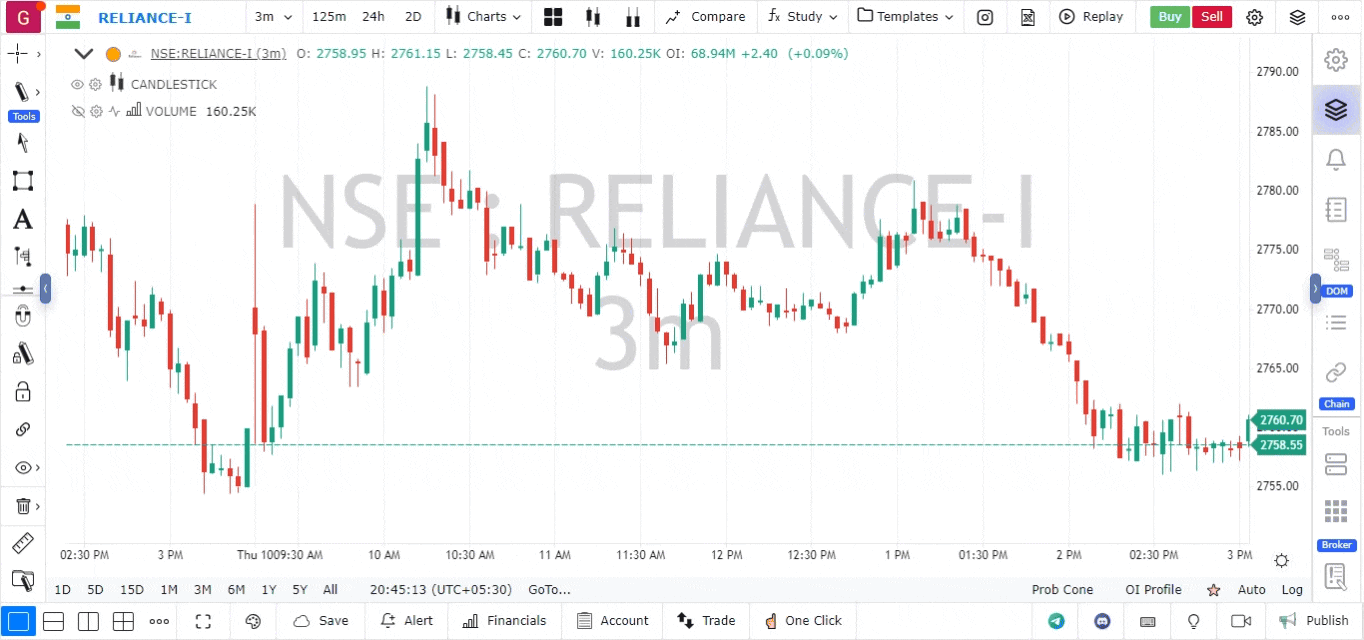Range Bars
Range bars are a type of chart used in technical analysis, especially favored by traders looking to eliminate time from their charts and focus on price movements. Unlike time-based charts (such as 1-minute or 5-minute charts), range bars are built based on price movement. Each bar represents a set price range, and a new bar is created only when the price moves a certain predefined amount.

Key Features of Range Bars:
-
Price Movement-Driven:
- Each bar forms once the price moves by a certain range (e.g., 10 points), regardless of how long that takes.
-
Uniform Bar Size:
- All bars are of the same size because they represent the same price range. This helps traders visually filter out small fluctuations and focus on significant price movements.
-
Time Irrelevant:
- Unlike traditional charts, where each bar represents a set time period (like 5 minutes), range bars disregard time. A bar might take seconds or hours to form, depending solely on the price movement.
-
Filtering Noise:
- Since range bars ignore time, they are great for filtering out market “noise” and focusing on more meaningful price trends.
Types of Range Bars:
1. Fixed Range Bars
- Definition: In fixed range bars, each bar is created after the price moves a predefined fixed amount, such as 10 points or pips. Every bar is uniform in size, representing the same amount of price movement regardless of time.
- Usage: Fixed range bars are ideal for markets with consistent volatility, as they allow you to eliminate time as a factor and focus on price behavior.
- Advantages:
- Provides a clearer picture of price movement without noise from time-based fluctuations.
- Easier to identify trends, consolidations, and reversals.
2. ATR-Based Range Bars (Average True Range)
- Definition: These bars use the Average True Range (ATR) indicator to determine the range of each bar dynamically. The ATR measures market volatility and adjusts the bar range according to recent price volatility.
- Usage: ATR-based range bars are useful in markets with varying volatility, as they can automatically adjust the bar size to account for larger or smaller price movements during different periods of market activity.
- Advantages:
- More responsive to changing market conditions.
- Helps capture both high- and low-volatility periods efficiently.